To fill talent gaps, regional employers vet training curriculum aligned to industry needs
Together with more than a dozen industry partners, EDC is proud to announce the newly designated Verified Programs. Celebrated by industry as best preparing students for jobs in computing and engineering roles these 30 education programs represent 16 different institutions across San Diego and Imperial Counties.
Programs were verified as part of a rigorous evaluation process led by Advancing San Diego, the flagship program of EDC’s Talent Initiatives, which serves to double the production of skilled workers in San Diego while prioritizing historically underrepresented populations in the innovation economy.
San Diego and the nation are facing a talent supply and demand challenge; as innovation clusters grow and non-STEM roles become more technical, increased access to training is critical for sustained economic progress. At the same time, we are seeing demographic changes that will completely change the workforce. More than 50 percent of San Diego’s seventh graders are people of color, a group that has been historically left out when accessing high-wage, high-demand careers. Additionally, across the U.S. nearly 25 percent of the workforce is at or nearing retirement age. To build the talent pipeline of the future, we must ensure San Diegans can reach their highest potential by improving access to quality training programs for job seekers and employers alike.
“Dating back to 2019, Advancing San Diego has formalized EDC’s work to connect industry to local post-secondary education programs—universities, community colleges, and non-traditional training providers—to help meet San Diego’s talent demands. This roster of Verified Programs offers employers a go-to for sourcing qualified talent across the region, helping fill in-demand jobs and supporting San Diego’s inclusive growth and competitiveness,” said Taylor Dunne, Director of Talent Initiatives at EDC.
How programs are verified
Employers vetted applicants at EDC’s ‘Reaching Tomorrow’s Talent’ event on November 15, which brought together more than 150 attendees from business, education, and community who are working to close talent gaps by aligning training with industry needs.
Status as a Verified Program indicates five critical elements of a program:
- Alignment of educational curriculum with industry requisites of necessary hard skills (ex: coding)
- Alignment of educational curriculum with industry requisites of necessary soft skills (ex: problem solving)
- Continuous engagement with industry
- Ability to reach and serve a diverse student population
- Proven history of collaboration along the education continuum and with critical community organizations
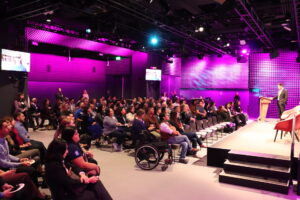
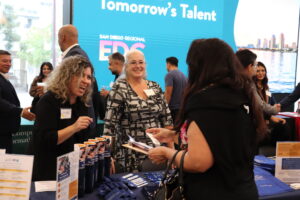
By participating, local training programs got an inside look at critical skill expectations leading industries has for entry level talent, especially amid rapid technology advancement. The two-part verification process required training programs to share training modules or syllabi, proving a connection between learning outcomes and the expressed needs of industry. Each program also had to be prepared for in-person conversations with industry regarding DEI efforts, general collaboration, and more. The 30 programs verified in this round represent 31,000 students, and join a roster of 21 others across key industries including Healthcare, Business, and Life Sciences.
“Participation in the Advancing San Diego Verified Program process always proves beneficial for our programs, encouraging further reflection on learning objectives and the needs of local industry” said Dr. Lynn Neault, Chancellor of the Grossmont-Cuyamaca College District and EDC board member. “From engineering to nursing to skilled trades, we know how important it is that our district’s colleges are offering training to build a strong talent pipeline for our community. We’re honored to have been recognized as part of the region’s Verified Programs.”
hire summer interns at no cost
With the new designation comes the opportunity for students of publicly-funded programs to take advantage of paid work-based learning experiences. In conjunction with Border Region Talent Pipeline K-16 Collaborative, companies in San Diego and Imperial Counties are invited to apply to host funded computing, engineering, and/or business interns for Summer 2024, sourced exclusively from the Verified Programs roster.
“Left Coast Engineering has hired bright local students from funded internship programs like this for three summers and we are always pleased with their preparedness and professionalism,” said Anita Baranowski, CEO of Left Coast Engineering. “As a small engineering design business, we are grateful for the opportunity to expand our headcount and support work for and training of local students as part of Advancing San Diego, all without adding to our payroll.”
Verified Programs of Computing
- ABLE-DISABLED ADVOCACY
CAREERworks - CALIFORNIA STATE UNIVERSITY SAN MARCOS
Department of Computer Science & Information Systems - CUYAMACA COLLEGE
Computer Information Science - GENERAL ASSEMBLY
Software Engineering Bootcamp - GROSSMONT COLLEGE
Computer Science and Information Systems - IMPERIAL VALLEY COLLEGE
Computer Information Technology, Networking, Cybersecurity - MIRACOSTA COLLEGE
Computer Science
- PALOMAR COLLEGE
A.S. Cybersecurity
Computer Science
- POINT LOMA NAZARENE UNIVERSITY
Computer Information Technology
Computer Science - SAN DIEGO COLLEGE OF CONTINUING EDUCATION
Desktop Technician
Network Technician/CCNA
Security Essentials
- SAN DIEGO FUTURES FOUNDATION
Basic Computer Refurbishing and Repair - SAN DIEGO MESA COLLEGE
Computer Information Science - SAN DIEGO STATE UNIVERSITY
Computer Science
Management Information Systems - UC SAN DIEGO
Department of Computer Science
- UC SAN DIEGO EXTENDED STUDIES
Cybersecurity Program
Linux System Administration
Verified Programs of Engineering
- CALIFORNIA STATE UNIVERSITY SAN MARCOS
Department of Physics and Electrical Engineering - MIRACOSTA TECHNOLOGY CAREER INSTITUTE
Engineering Technician - NATIONAL UNIVERSITY
Bachelor of Science in Electrical and Computer Engineering - POINT LOMA NAZARENE UNIVERSITY
Engineering BSE - SAN DIEGO STATE UNIVERSITY
Engineering Department - SOUTHWESTERN COLLEGE
Engineering - UC SAN DIEGO
Jacobs School of Engineering - UC SAN DIEGO EXTENDED STUDIES
Embedded Engineering Systems
Systems Engineering Certificate
 One inspiring moment was when our group heard from Alesha Washington, CEO of the
One inspiring moment was when our group heard from Alesha Washington, CEO of the 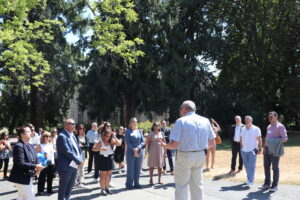 For decades, the inclusion challenge was left only to the social services and philanthropic community to solve. Now, the business case has been made and it is clear inclusive growth is imperative to the region’s competitiveness. Without it, industry too will cease to thrive.
For decades, the inclusion challenge was left only to the social services and philanthropic community to solve. Now, the business case has been made and it is clear inclusive growth is imperative to the region’s competitiveness. Without it, industry too will cease to thrive.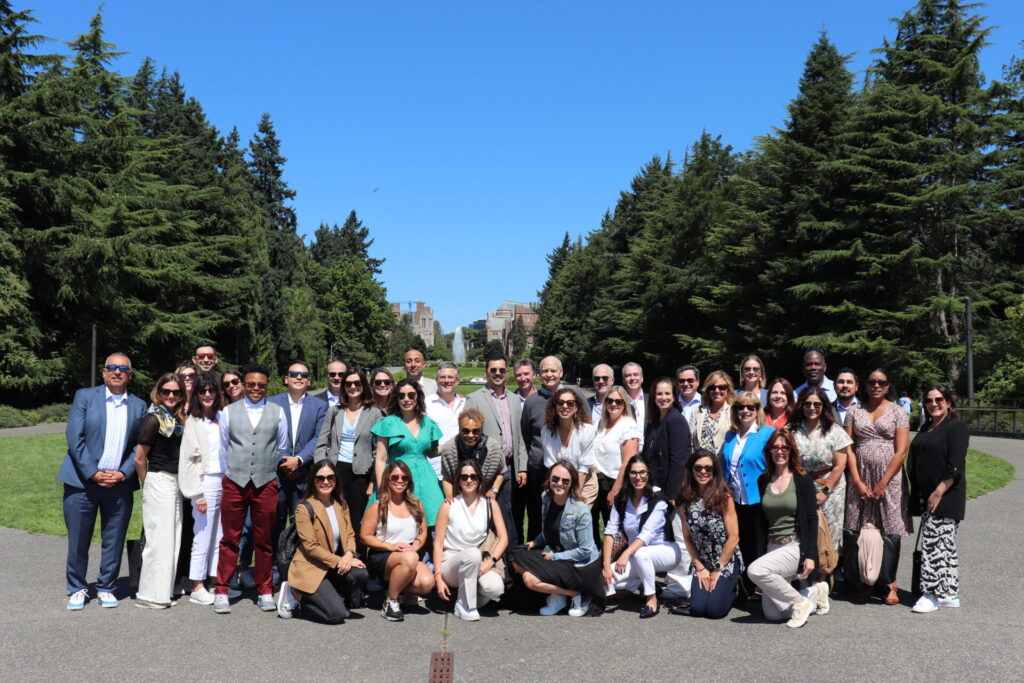
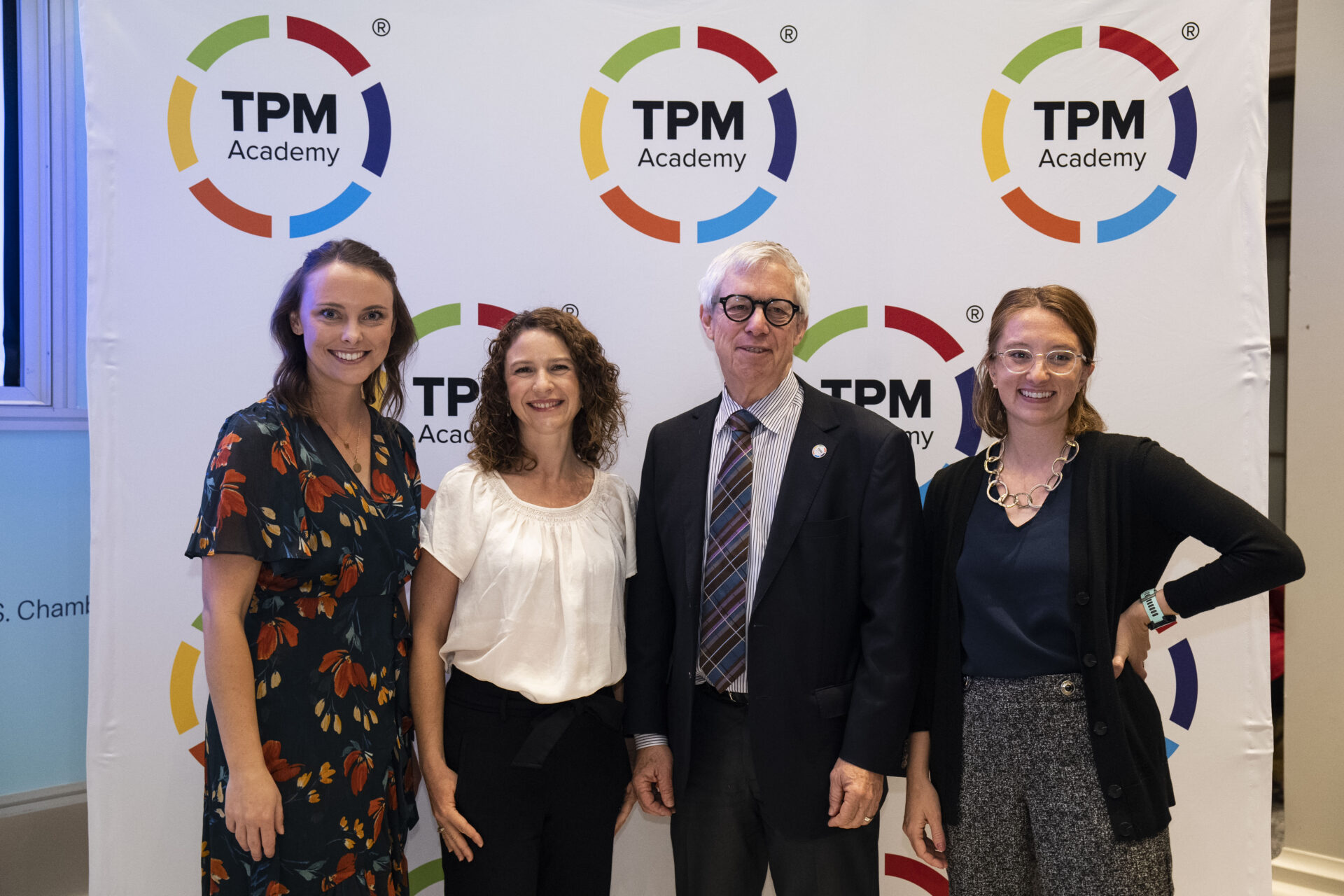




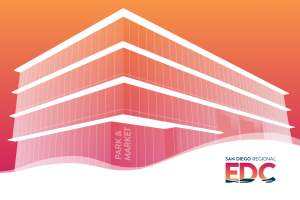 The EDC team just
The EDC team just